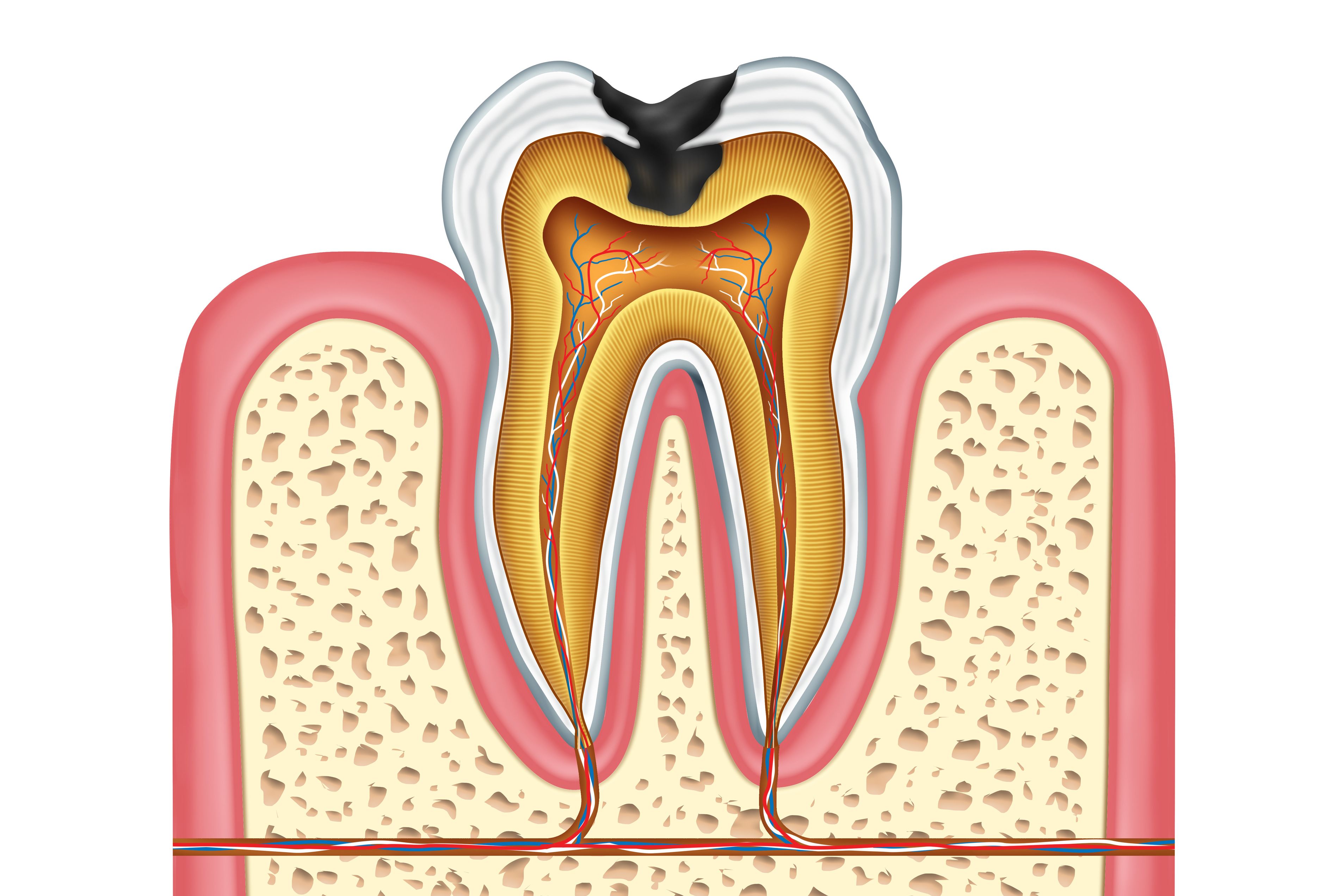Tooth Loss and Cavities: How to Keep a Hole from Becoming a Gap
 According to the National Institute of Dental and Craniofacial Research, 92 percent of adults between the ages of 20 and 64 have had cavities in their permanent teeth. Not coincidentally, the same study shows that the average adult has an average of 3.28 decayed or missing permanent teeth and 13.65 decayed and missing permanent tooth surfaces. These startling numbers show just how few adults visit their local general dentistry practice at least twice a year as advised by the American Dental Association. Doing so would go a long way toward helping to prevent both cavities and tooth loss.
According to the National Institute of Dental and Craniofacial Research, 92 percent of adults between the ages of 20 and 64 have had cavities in their permanent teeth. Not coincidentally, the same study shows that the average adult has an average of 3.28 decayed or missing permanent teeth and 13.65 decayed and missing permanent tooth surfaces. These startling numbers show just how few adults visit their local general dentistry practice at least twice a year as advised by the American Dental Association. Doing so would go a long way toward helping to prevent both cavities and tooth loss.
Unfortunately, tooth loss and cavities go hand in hand, as Rockville, MD restorative and cosmetic dentist Victor R. Siegel has been advising his patients for years. While the best way to avoid tooth loss is to prevent cavities altogether through a strong at-home oral hygiene regimen and routine visits to the dentist, Dr. Siegel understands that many people have not maintained their oral health over time. He reminds them that it is better to seek treatment after some damage has been done than never to seek treatment at all. If cavities are left untreated, they will inevitably lead to tooth loss, which will in turn result in a variety of oral and overall health problems.
At the practice of Victor R. Siegel, DDS, patients can expect to be treated with respect, dignity, and courtesy - and without judgment - whatever the state of their oral health. Simply contact our practice today, and we’ll take care of the rest.
How Cavities Can Lead to Tooth Loss
Clinically known as dental caries, cavities refer to the holes and crevices that develop in teeth over time. They start to form after the protective layer of enamel that coats the tooth is breached. Although extremely strong, the enamel can be worn down due to lack of good oral hygiene, damaged due to injury or disease, or simply eroded by time. Whatever the case, enamel does not regenerate; once it is gone, the underlying layer of dentin becomes vulnerable to harm.
Cavities form as destructive elements in the mouths, including acids from food, bacteria, plaque, and tartar, literally eat away at the dentin. The dentin cannot defend itself from attack. Only a dental restoration, such as a crown, can protect the tooth from damage at this point. If left untreated, the cavity will continue to grow until it reaches the root canal.
The root canal contains a substance called dental pulp, which comprises blood vessels, nerves, and vital nutrients that keep the tooth alive. Once this pulp is exposed to bacteria, it becomes infected and must be removed. If, at this point, the tooth is still not treated, it will die. Eventually, it will either need to be surgically extracted, or it will simply rot away.
This is admittedly not a pretty picture, but it is an accurate one. It is also, thankfully, an avoidable one. It truly is never too late to optimize your oral health. Simply contact our restorative and cosmetic dentistry practice today, and take that first step toward a smile you’ll be proud to flash for the rest of your life.


